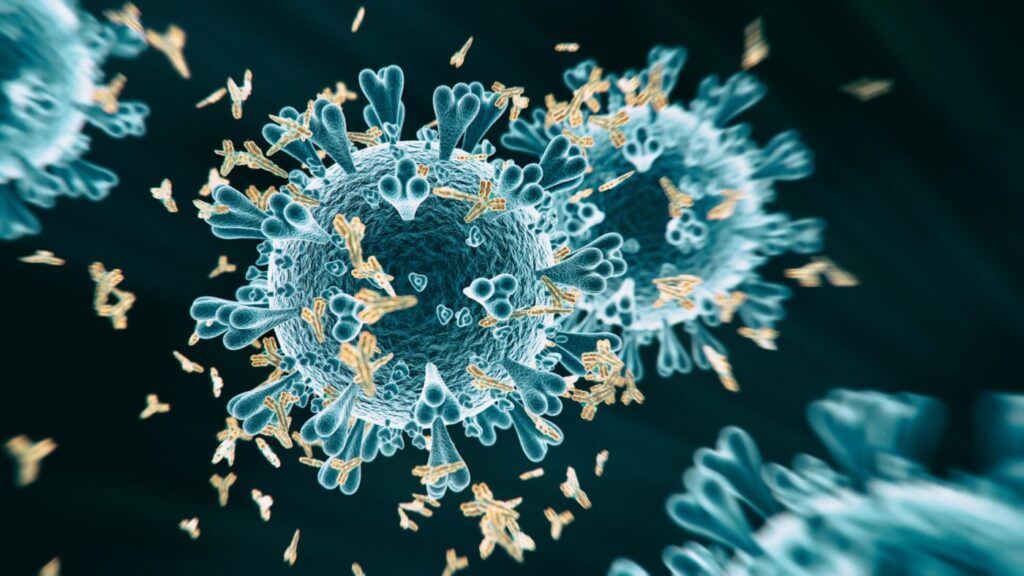New research from the University of Pittsburgh School of Medicine uses fragments of llama’s antibodies in inhalation therapies with great potential against COVID-19
In the middle of the second wave of the pandemic, medical research has not yet given up and is looking for therapies to prevent contagion caused by the new coronavirus SARS-CoV-2. After the encouraging results of the vaccine developed by Pfizer, the research has produced another encouraging result. The study, developed at the University of Pittsburgh School of Medicine, focused on special antibodies produced by llamas, exotic animals from South America. The research was published on the pages of the prestigious journal Science. The scientists administered to a llama named Wally fragments of the SARS-CoV-2 spike protein. After two months, the animal’s immune system produced effective antibodies against the coronavirus.
The team then extracted the antibodies and identified the most active species against the virus. These antigens were called nanobodies because they are much smaller in size than their analogues developed by the human immune system. In vitro studies have then shown that fractions of nanograms of these nanocorps can neutralize the virus very effectively and immediately became among the most interesting candidates to produce an antigen therapy against the disease. The nanobodies were found to be very stable even after six weeks at room temperature and they can also be administered through an aerosol, thus being immediately assimilated by the respiratory system.
“Nature is our best inventor“, said Yi Shi, professor of cell biology at the University of Pittsburgh and co-author of the study. “The technology we developed surveys SARS-CoV-2 neutralizing nanobodies at an unprecedented scale, which allowed us to quickly discover thousands of nanobodies with unrivaled affinity and specificity“. The interaction between the nanocorps and the virus that block the infection occurs through different mechanisms. The variety of action allows bioengineers to further increase the efficiency of therapies by combining several nanocorps in one and obtaining a new antigen that could be effective even in case of virus mutations or future developments of drug resistance.
